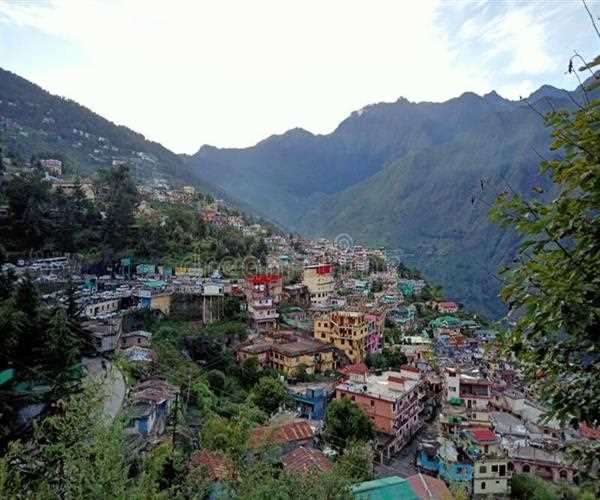
28-Jan-2023
Why Joshimath shrinking taught us the lesson for life
The 2023 Joshimath Shrinking Expedition taught us more than just lessons about outdoor survival.
It was an intense journey that lasted for three weeks and took our team of explorers to some of the most remote parts of India's Himalayas.
The experience pushed us to our physical limits and gave us a glimpse into how much we can accomplish when we set our minds to it.
Despite the harsh conditions, we were able to come away with invaluable lessons about life, leadership, and self-discovery.
Joshimath is a small town located in the north Indian state of Uttarakhand. It is situated at an altitude of 1,890 metres (6,200 ft) above sea level in the Chamoli district, on the confluence of the Alaknanda and Dhauliganga rivers.
The town is named after Jyotirmath, one of the four maths (monasteries) established by Adi Shankara.
The Joshimath municipality was created in 1876. The town has a population of 11,347 (2011 census). It is one of the most important Hindu pilgrimage centres and a base for several treks in the Garhwal Himalayas.
It is also home to the Joshimath Glacier, which is a tributary of the Ganges river. In recent years, Joshimath has shrunk significantly due to migration to larger cities and towns in Uttarakhand.
My opinion behind shrinking joshimath
Joshimath has been shrinking for years due to climate change, and this year it reached a new low. The Joshimath is a glacier in the Himalayas that feeds the Ganges River. Every summer, the glacier shrinks a little bit more.
This year, it lost an estimated 15 to 20 meters (49 to 66 feet) of ice. That may not sound like much, but it's enough to cover an entire football field.
And it's not just the Joshimath. Glaciers all over the world are shrinking at an alarming rate due to climate change. In some cases, they are shrinking so quickly that they could disappear entirely within our lifetimes.
The loss of glaciers would be devastating for the billions of people who rely on them for drinking water, irrigation, and hydroelectric power. It would also cause sea levels to rise, flooding coastal cities and making life even more difficult for those who live in them.
The good news is that we can still prevent this from happening if we act now to reduce our emissions of greenhouse gases.
The residents had to adapt in order to survive
– The residents of Joshimath have had to adapt in order to survive the harsh conditions of the town. They have learned to use the resources available to them, and have developed skills that allow them to live off the land. The residents are also very resourceful, and have been able to make use of what little they have in order to survive.
What can we learn from Joshimath's experience?
– We can learn a lot from Joshimath's experience. For one, we can learn that it is possible for a city to shrink in size. This is something that many people may not have thought possible. We can also learn that Joshimath was able to successfully adapt to its new smaller size. This is something that other cities may be able to learn from. Finally, we can learn that Joshimath's experience provides an interesting case study for other cities who may be facing similar challenges

SEO and Content Writer
I am Drishan vig. I used to write blogs, articles, and stories in a way that entices the audience. I assure you that consistency, style, and tone must be met while writing the content. Working with the clients like bfc, varthana, ITC hotels, indusind, mumpa, mollydolly etc. has made me realized that writing content is not enough but doing seo is the first thing for it.
Join Our Newsletter
Subscribe to our newsletter to receive emails about new views posts, releases and updates.
Copyright 2010 - 2026 MindStick Software Pvt. Ltd. All Rights Reserved Privacy Policy | Terms & Conditions | Cookie Policy